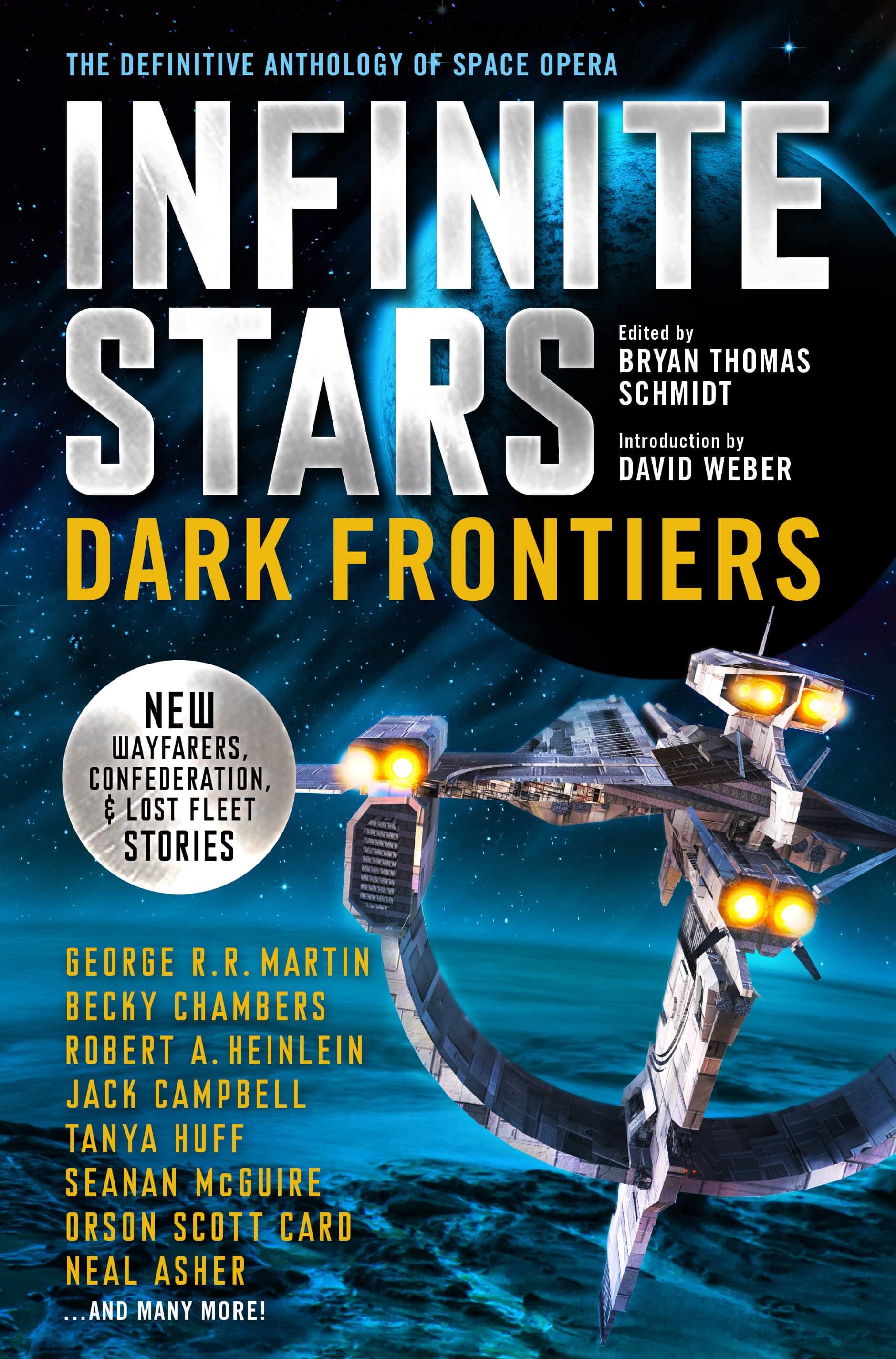Before I get to the fun part, let me apologize for not getting my regular WriteTips post up last week. GoDaddy, my hosting platform, had a system wide issue with WordPress that was affecting Themes (aka appearance) on all hosted sites and I was not aware of it being fixed until this weekend so I did not post for fear no one could read it due to the screwed up page views it was creating. This week’s WriteTip is on Diction and Dialect and will post at its regular time on Wednesday morning.
Now, on to today’s post, my forthcoming novel (Oct. 15 from Boralis Books) Simon Says is getting tons of praise and good word of mouth from reviewers and readers. I have posted a 3 chapter preview to whet your appetites. Just click the link below the picture. And enjoy.
Release date: Oct. 15, 2019
Hardcover/Paperback/ebook
$22.99/$14.99/$2.99
For a sneak peek of the first 3 chapters, click here.
“Action packed with vivid characters, Bryan Thomas Schmidt’s SIMON SAYS will keep you on the edge of your seat with suspense, while touching your heart and making you laugh at the same time. A great start to a great new series.” — Jeremy Robinson, International Bestselling Author of Infinite and Alter
“SIMON SAYS is packed with action, snarky humor, action, great characters, and even more action! A dynamic read, cover to cover.” — Jonathan Maberry, New York Times bestselling author of the Joe Ledger thrillers
“SIMON SAYS takes me back to the mystery shows and buddy cop movies of my youth, like Rockford Files or 48 Hours but with a modern gritty edge—and an android!”—Martin L. Shoemaker, author of Today I Am Carey
ABOUT THE BOOK
Master Detective John Simon is a tough, streetwise fifteen year veteran of the Kansas City Police Department with a healthy disdain for the encroachment of modern technology into his workplace. When his partner is kidnapped after a routine stakeout by thugs with seeming ties to connected, wealthy art dealer Benjamin Ashman, he’s determined to find the truth, but the only witness is a humanoid android named Lucas George. Reluctantly, he takes Lucas along as he begins to investigate and soon finds himself depending more and more on the very technology he so distrusts. Meanwhile, Simon’s precocious teenage daughter begins to teach Lucas how to sound ore like a cop using dialogue from famous cop movies. If only he’d use them in the appropriate context.
As the two men dig in deeper, they find themselves and every witness they touch faced with danger from assassins as they begin to uncover a conspiracy that may stretch from the heights of the KCPD itself to South America and beyond. Can they identify the guilty before it’s too late without getting themselves killed in the process?
This exciting new mix of near future science fiction and procedural thriller captures the gritty realism of Michael Connelly’s Bosch, the humor and action of Lethal Weapon, and follows the classic science fiction tradition of Isaac Asimov’s City of Steel. From the editor of the international bestselling phenomenon The Martian by Andy Weir, and the national bestselling author of tales including official entries in The X-Files, Predator, and the Joe Ledger thrillers, comes this action-packed first entry in an exciting new series.
Reviews
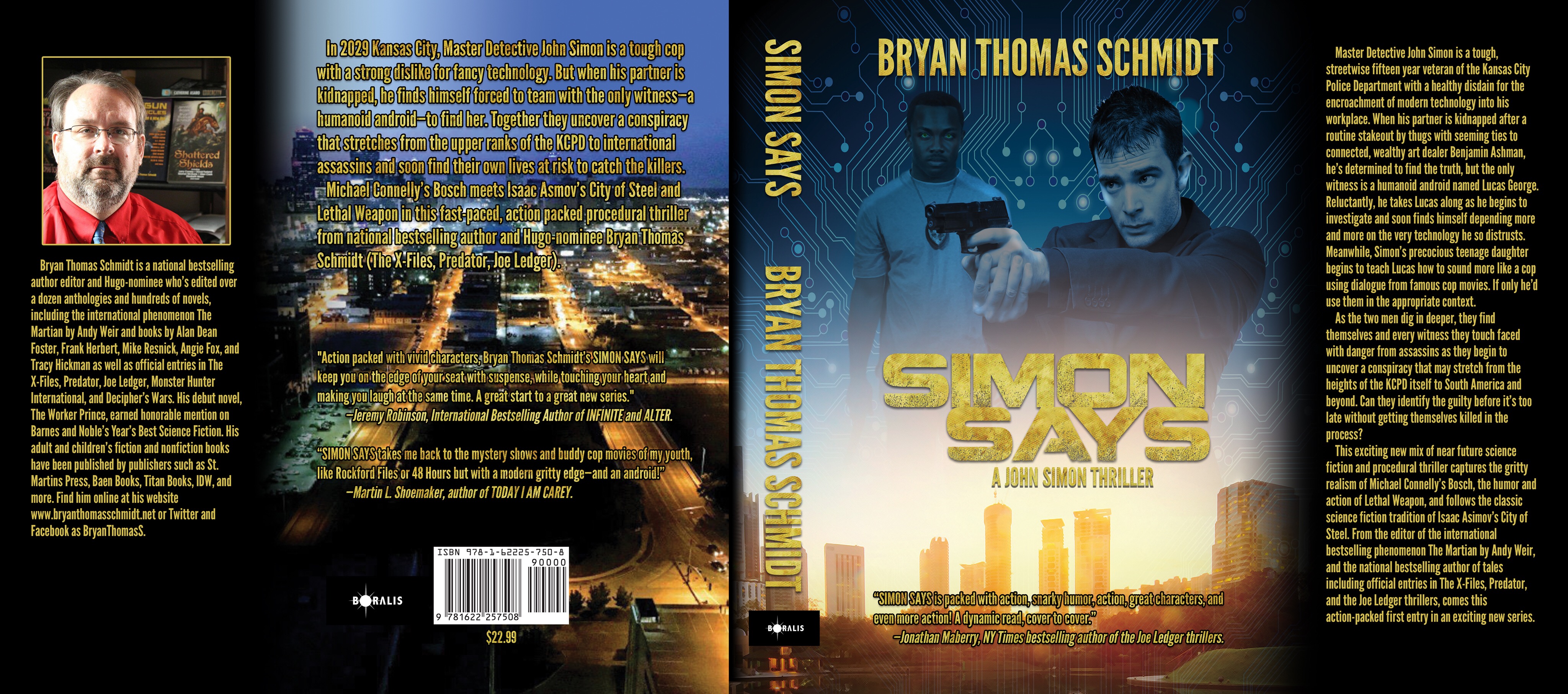
Release date: Oct. 15, 2019
Hardcover/Paperback/ebook
$22.99/$14.99/$2.99
For a sneak peek of the first 3 chapters, click here.
WHAT PEOPLE ARE SAYING…
“Action packed with vivid characters, Bryan Thomas Schmidt’s SIMON SAYS will keep you on the edge of your seat with suspense, while touching your heart and making you laugh at the same time. A great start to a great new series.” — Jeremy Robinson, International Bestselling Author of Infinite and Alter
“SIMON SAYS is packed with action, snarky humor, action, great characters, and even more action! A dynamic read, cover to cover.” — Jonathan Maberry, New York Timesbestselling author of the Joe Ledger thrillers
“SIMON SAYS takes me back to the mystery shows and buddy cop movies of my youth, like Rockford Files or 48 Hours but with a modern gritty edge—and an android!”—Martin L. Shoemaker, author of Today I Am Carey
“Fans of Robocop or Asimov’s robots series might like this, as will those who simply like a good police drama. Schmidt did ride-alongs with the local police force, and it shows in the level of fascinating detail. It’s a great mystery that makes use of–but does not bore you with–scifi and police story tropes. A good, solid, story.
RECOMMENDED” — Abyss & Apex, October 2019 (link pending)
ABOUT THE BOOK
Master Detective John Simon is a tough, streetwise fifteen year veteran of the Kansas City Police Department with a healthy disdain for the encroachment of modern technology into his workplace. When his partner is kidnapped after a routine stakeout by thugs with seeming ties to connected, wealthy art dealer Benjamin Ashman, he’s determined to find the truth, but the only witness is a humanoid android named Lucas George. Reluctantly, he takes Lucas along as he begins to investigate and soon finds himself depending more and more on the very technology he so distrusts. Meanwhile, Simon’s precocious teenage daughter begins to teach Lucas how to sound ore like a cop using dialogue from famous cop movies. If only he’d use them in the appropriate context.
As the two men dig in deeper, they find themselves and every witness they touch faced with danger from assassins as they begin to uncover a conspiracy that may stretch from the heights of the KCPD itself to South America and beyond. Can they identify the guilty before it’s too late without getting themselves killed in the process?
This exciting new mix of near future science fiction and procedural thriller captures the gritty realism of Michael Connelly’s Bosch, the humor and action of Lethal Weapon, and follows the classic science fiction tradition of Isaac Asimov’s City of Steel. From the editor of the international bestselling phenomenon The Martian by Andy Weir, and the national bestselling author of tales including official entries in The X-Files, Predator, and the Joe Ledger thrillers, comes this action-packed first entry in an exciting new series.
To check out Boralis Books and its releases go to: https://boralisbooks.com/simon-says/

 In any case, today, I am recommended John Sandford’s incredible Virgil Flower series. I first discovered Sandford through his Lucas Davenport thrillers about a tough cop leading a specialized state police force, Bureau of Criminal Apprehension, in Minnesota. It’s gritty, it’s fast paced, with good suspense and great characters. The plots are solid with nice twists, and even though some of the early ones fell into the “seen it before category,” what he did with it was so fresh it didn’t matter. I read all 30 Davenport books and they were a true pleasure. Books I could soar through in a few days.
In any case, today, I am recommended John Sandford’s incredible Virgil Flower series. I first discovered Sandford through his Lucas Davenport thrillers about a tough cop leading a specialized state police force, Bureau of Criminal Apprehension, in Minnesota. It’s gritty, it’s fast paced, with good suspense and great characters. The plots are solid with nice twists, and even though some of the early ones fell into the “seen it before category,” what he did with it was so fresh it didn’t matter. I read all 30 Davenport books and they were a true pleasure. Books I could soar through in a few days.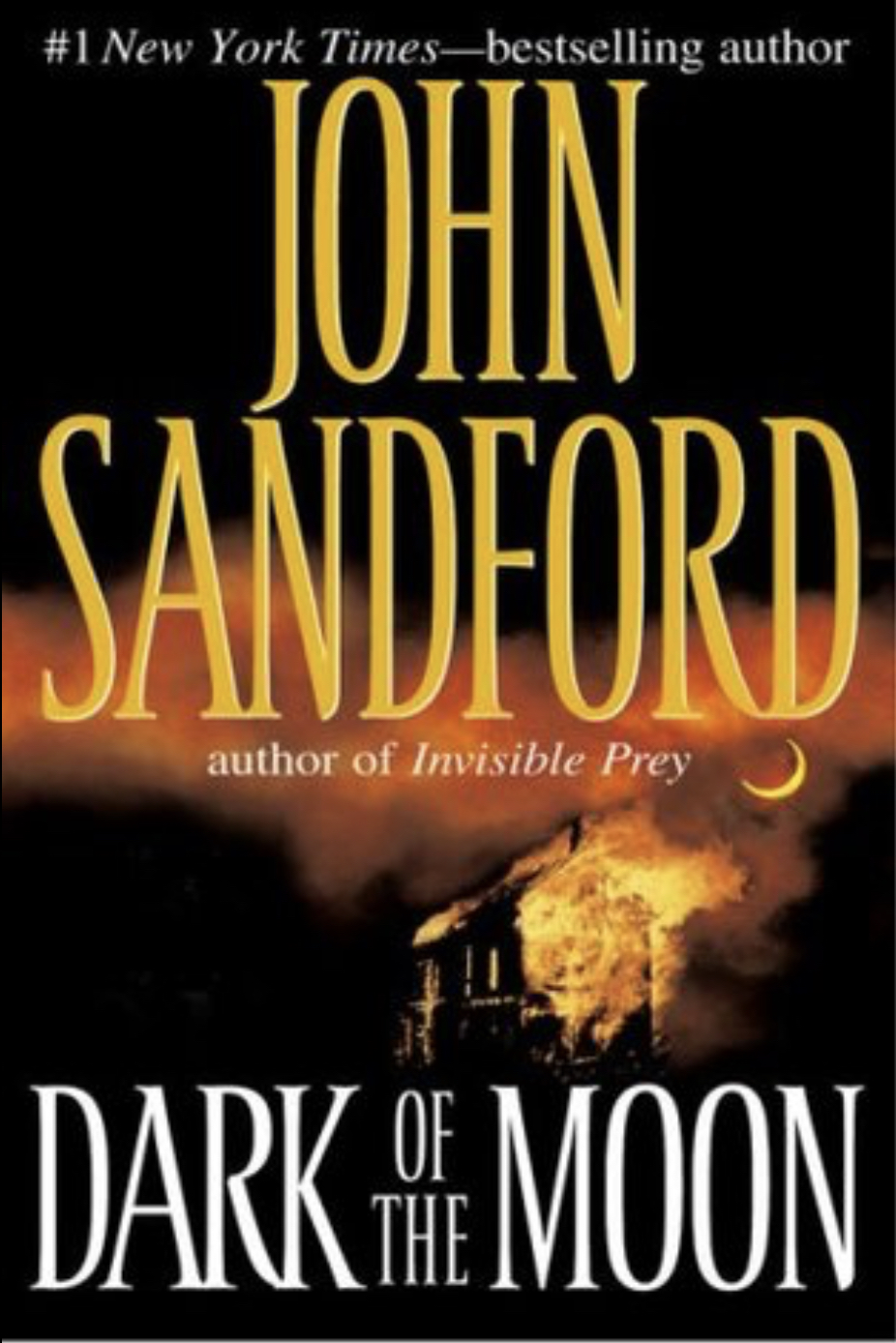 There are 12 books in this series so far and I am on number 9 as of today. I have enjoyed them all. Unlike the Davenport, none of them ever felt cliche in plot and Sandford’s abilities were top of his form before this series started so the first book out of the gate, Dark of the Moon, was one of his best. Book 6, Mad River, was a chase story with nonstop action that was a highlight as well, though I have enjoyed them all so far and I think you will too.
There are 12 books in this series so far and I am on number 9 as of today. I have enjoyed them all. Unlike the Davenport, none of them ever felt cliche in plot and Sandford’s abilities were top of his form before this series started so the first book out of the gate, Dark of the Moon, was one of his best. Book 6, Mad River, was a chase story with nonstop action that was a highlight as well, though I have enjoyed them all so far and I think you will too.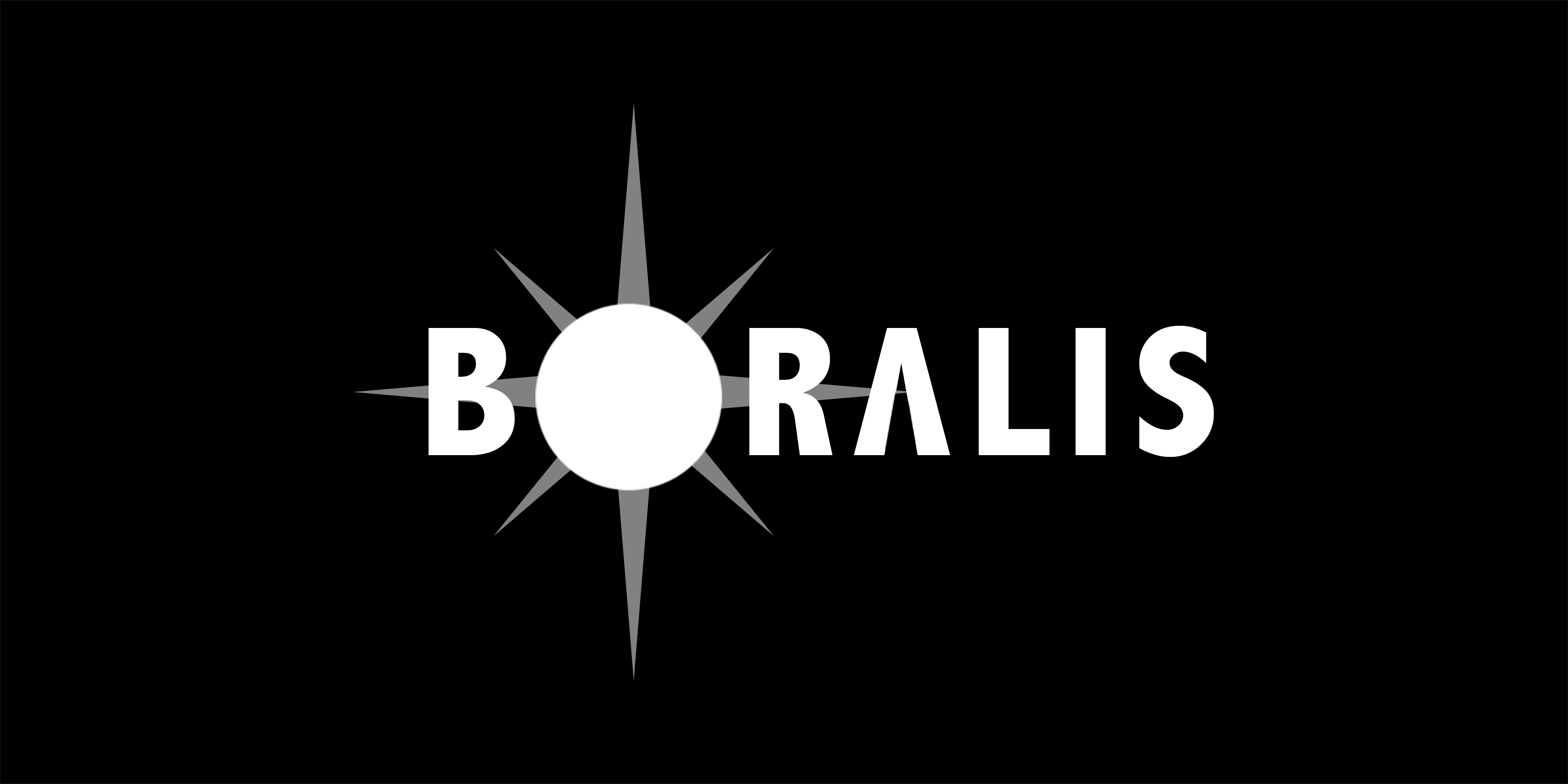 Boralis Books, which is publishing SIMON SAYS, the first in my John Simon Thrillers on October 15, 2019, now has the book on its website with a long description, blurbs, advance reviews, and even a 3 chapter sneak peek preview available to download or read online. Check it out here:
Boralis Books, which is publishing SIMON SAYS, the first in my John Simon Thrillers on October 15, 2019, now has the book on its website with a long description, blurbs, advance reviews, and even a 3 chapter sneak peek preview available to download or read online. Check it out here: 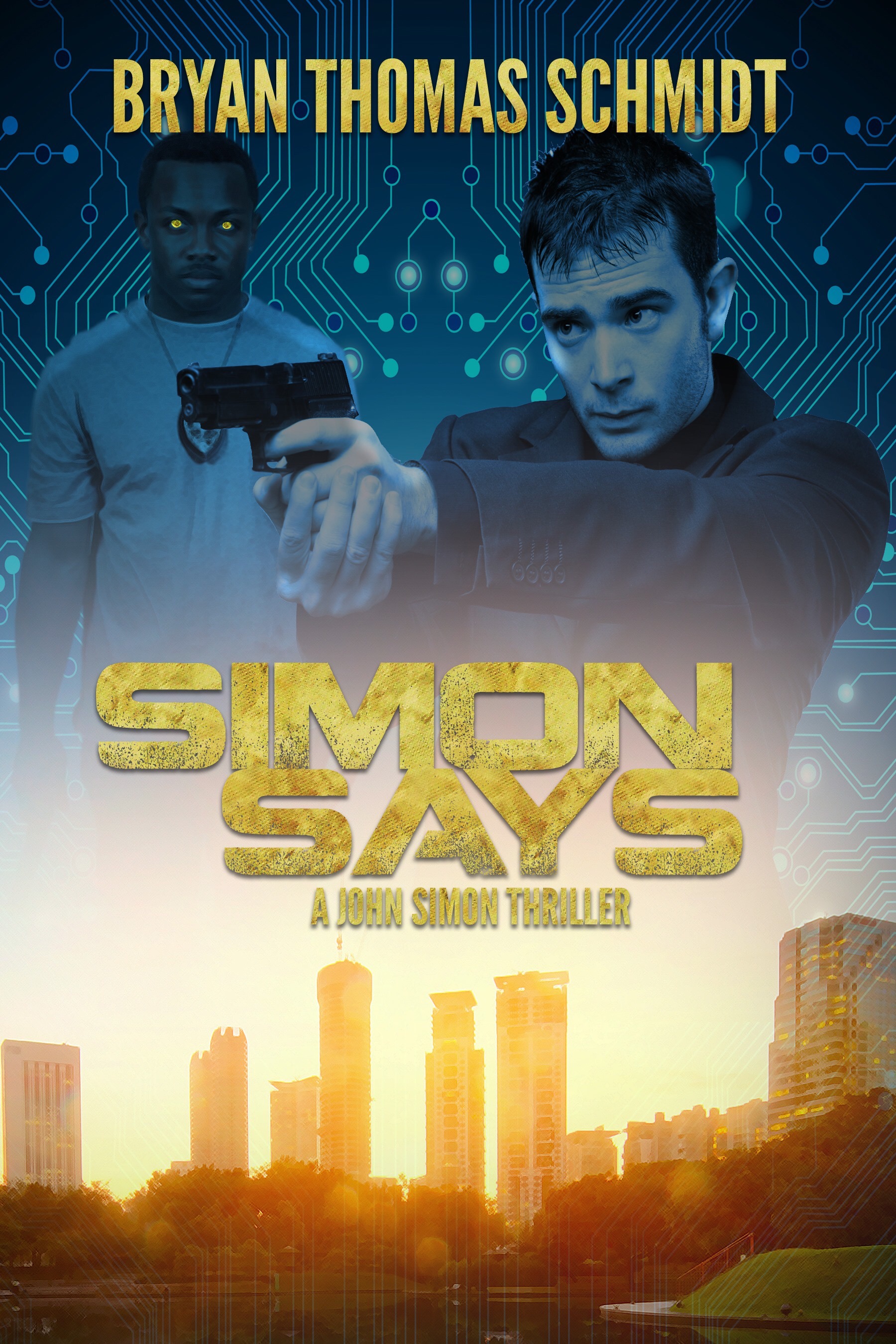
 Voice is a combination of the character viewpoints and your own. While it is important to avoid jarring readers out of the story by intruding too much as the narrator, inevitably your own unique way of saying things will always come through. And it should. In Writing the Breakout Novel, Donald Maass explains that when editors talk of voice, “they mean not only a unique way of putting words together, but a unique sensibility, a distinctive way of looking at the world, an outlook that enriches an author’s oeuvre. They want to read an author who is like no other.” Voice is your unique writing language and approach, reflecting your own diction and style along with that of the characters. Maass adds: “You can facilitate voice by giving yourself the freedom to say things in your own unique style… To set your voice free, set your words free. Set your characters free. Most important, set your heart free.” Voice is indeed the single most unique thing any writer brings to their storytelling.
Voice is a combination of the character viewpoints and your own. While it is important to avoid jarring readers out of the story by intruding too much as the narrator, inevitably your own unique way of saying things will always come through. And it should. In Writing the Breakout Novel, Donald Maass explains that when editors talk of voice, “they mean not only a unique way of putting words together, but a unique sensibility, a distinctive way of looking at the world, an outlook that enriches an author’s oeuvre. They want to read an author who is like no other.” Voice is your unique writing language and approach, reflecting your own diction and style along with that of the characters. Maass adds: “You can facilitate voice by giving yourself the freedom to say things in your own unique style… To set your voice free, set your words free. Set your characters free. Most important, set your heart free.” Voice is indeed the single most unique thing any writer brings to their storytelling.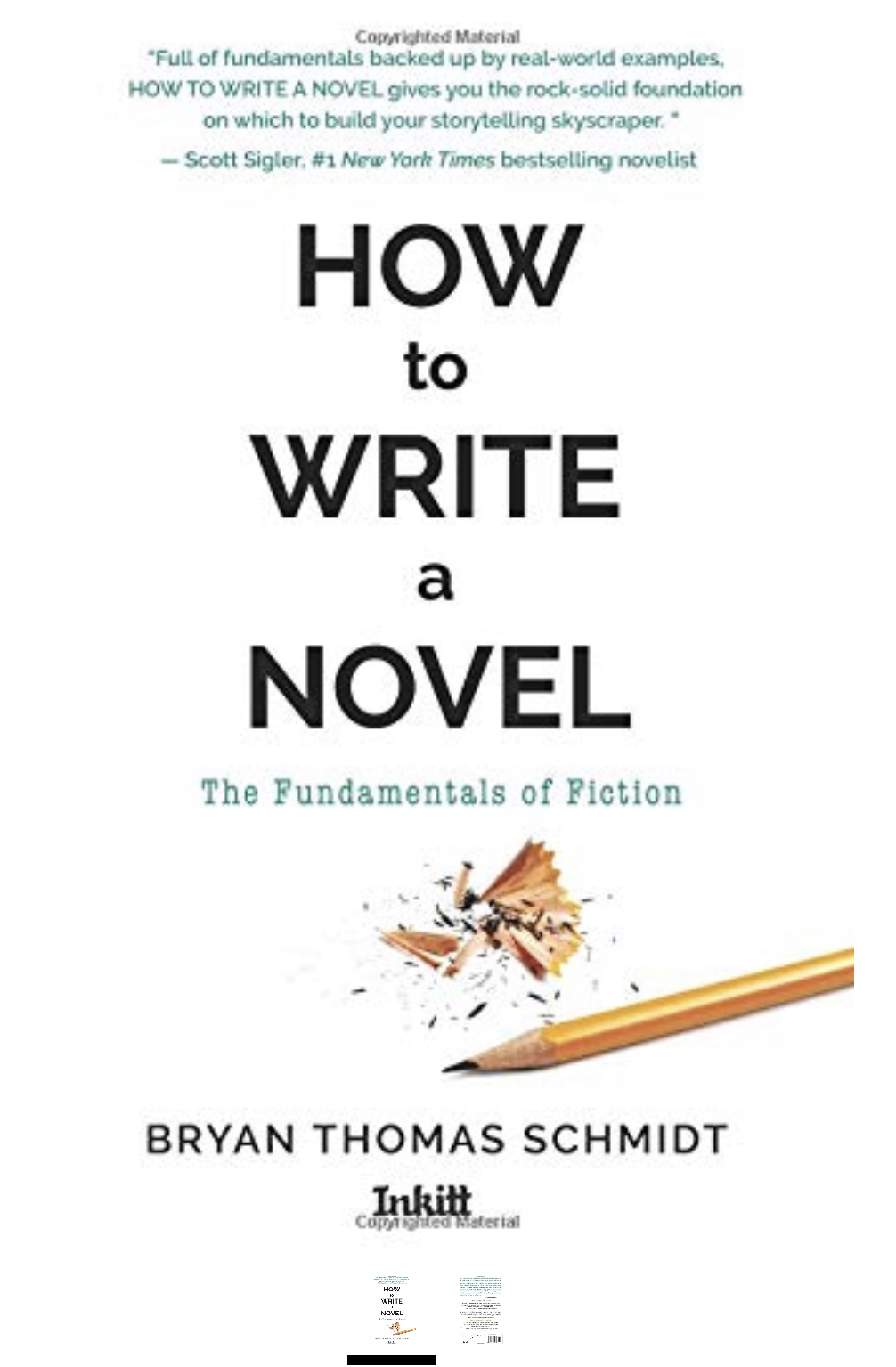 The best way to develop your voice is to read thoughtfully a lot. Pay attention to and study what other writers are doing that you like and don’t like, then imitate it. Practice writing in their various voices, and play around to develop your own. What stands out about a particular voice? What types of details do they tend to use most often, and how do they affect you as a reader? What do they say about the world and characters? If you want to be a good writer, you must read. All too many writers make the excuse that they don’t have time to read. I read a book or two a week and still hit 1,300 words a day on average when on a book project. If you make it a priority, it will happen, and consider it part of your work research and author development time. It really is that valuable. Not only can you stay abreast of the latest trends and shifts in genres and subgenres, but you will discover much about what works and doesn’t in fiction that will be invaluable to you in developing your own craft—especially voice and style.
The best way to develop your voice is to read thoughtfully a lot. Pay attention to and study what other writers are doing that you like and don’t like, then imitate it. Practice writing in their various voices, and play around to develop your own. What stands out about a particular voice? What types of details do they tend to use most often, and how do they affect you as a reader? What do they say about the world and characters? If you want to be a good writer, you must read. All too many writers make the excuse that they don’t have time to read. I read a book or two a week and still hit 1,300 words a day on average when on a book project. If you make it a priority, it will happen, and consider it part of your work research and author development time. It really is that valuable. Not only can you stay abreast of the latest trends and shifts in genres and subgenres, but you will discover much about what works and doesn’t in fiction that will be invaluable to you in developing your own craft—especially voice and style.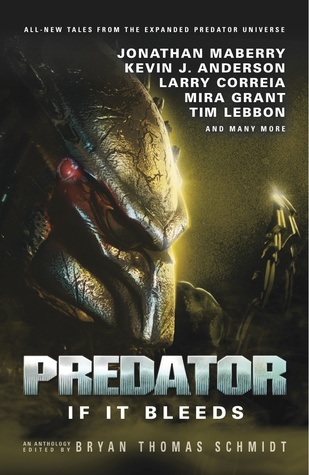 My Google search just found this awesome deep discount on the PREDATOR: IF IT BLEEDS Audiobook, for those who might be interested.
My Google search just found this awesome deep discount on the PREDATOR: IF IT BLEEDS Audiobook, for those who might be interested. 
